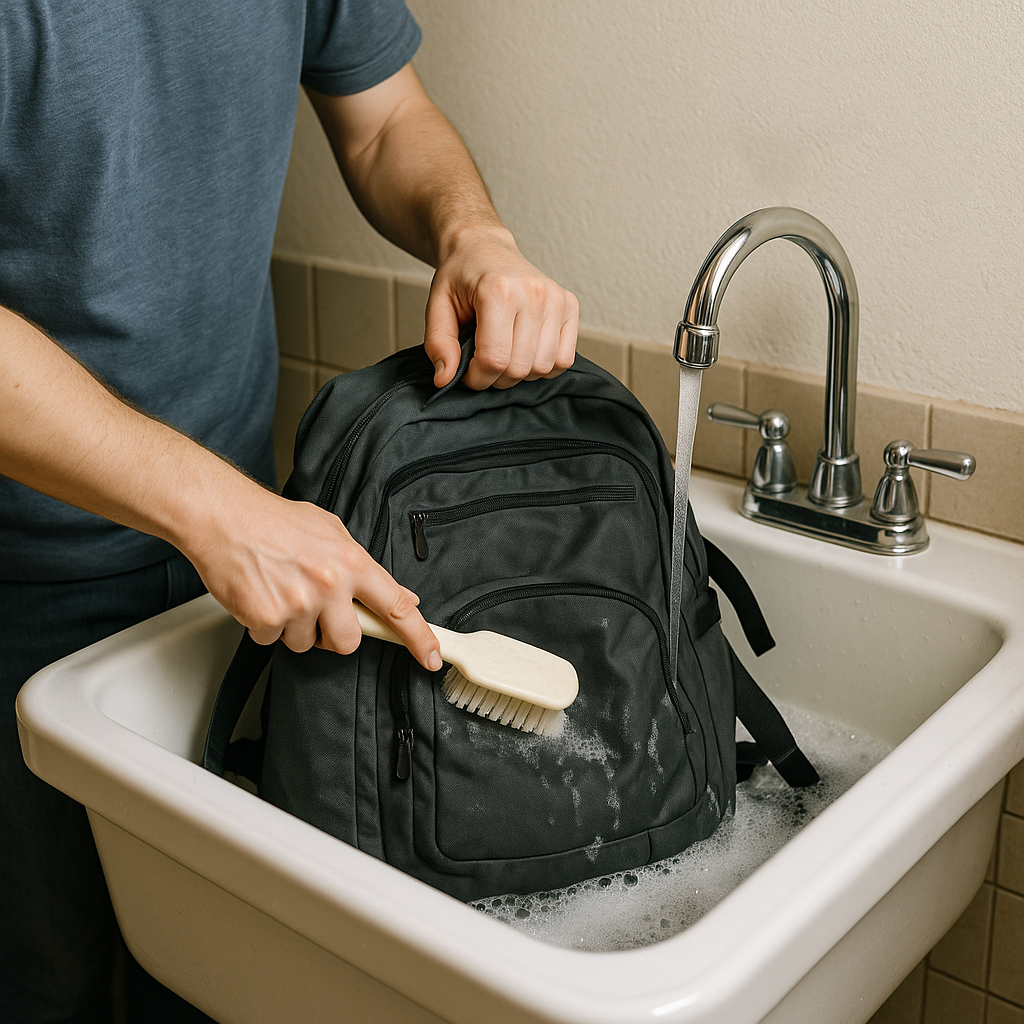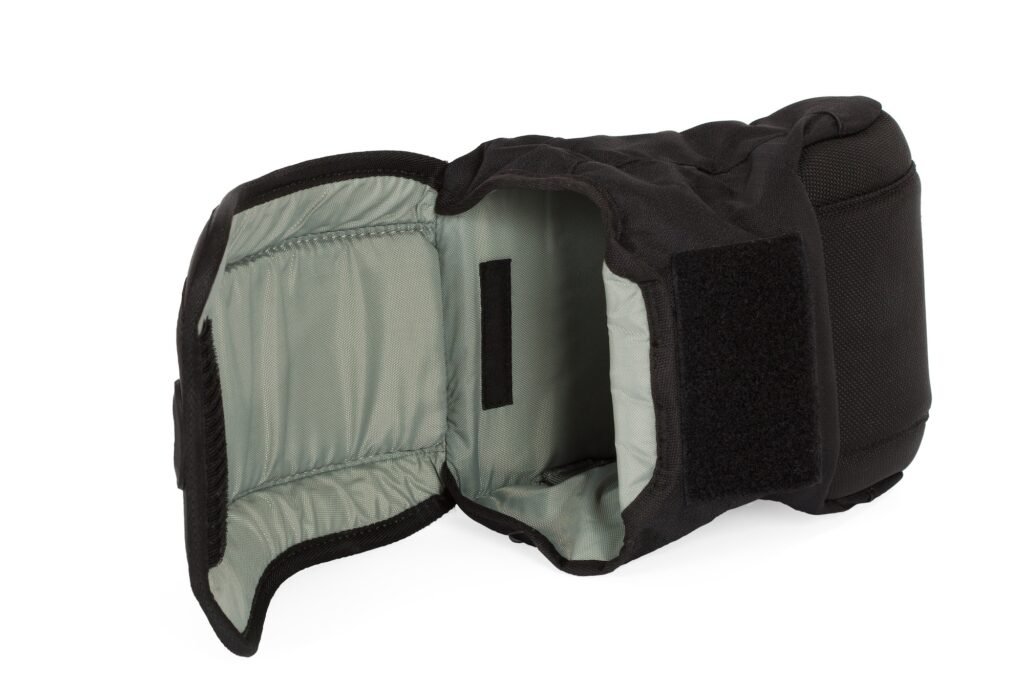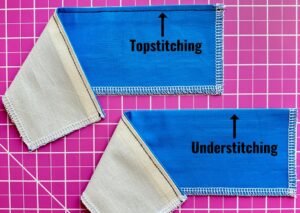Your backpack carries your essentials every day—from your morning commute to weekend hikes. Over time, sweat, dust, crumbs, and stains build up. Cleaning it not only restores its look but also keeps it hygienic and prolongs its life. Before you start, always consult the care label inside. It’s the manufacturer’s most reliable Backpack cleaning guide.

Prep Like a Pro: 3 Essential Steps Before Cleaning
1. Check the Care Label
Read the inside tag first. It tells you which methods and temperatures to use. Follow it strictly to avoid damage.
2. Empty & Inspect
Remove everything from pockets and compartments. Turn the bag upside down and shake out loose debris. For tight corners, use a small vacuum brush.
3. Pre-treat Visible Stains
Mix a little neutral laundry detergent or baking soda paste. Test it on a hidden spot. Gently scrub oil, ink, or coffee stains with a soft brush. Let it sit for 15–30 minutes, but don’t let it dry out.
Easy Cleaning Hacks for Every Backpack Material
Nylon & Polyester Backpacks
These fabrics handle moisture and scrubbing well.
- Hand wash in cold or lukewarm water with mild, bleach-free detergent.
- Scrub straps, zippers, and back panels gently.
- If you must machine wash, zip everything and place the bag in a mesh laundry bag. Use a cold, gentle cycle and minimal detergent. Skip or soften the spin cycle to keep the shape intact.
Canvas Backpacks (e.g., Fjällräven Kånken)
Canvas can stiffen and lose wax coating if washed harshly.
- Hand wash with lukewarm water and mild soap or canvas cleaner.
- Gently scrub in circular motions to avoid fuzzing or fading.
- Rinse thoroughly under cold water to remove all soap.
- For waxed canvas, re-apply a fabric wax block after it dries to restore water resistance.
Leather Backpacks
Never soak or machine wash leather—it will stiffen, discolor, or crack.
- Wipe surface dust with a dry soft cloth.
- Apply a leather cleaner to a cloth (never spray directly) and clean spots in gentle circles.
- If the lining is removable fabric, wipe it with a damp cloth and mild soap, avoiding the leather.
- After drying, condition the leather with mink oil or a professional leather balm to keep it supple.
Suede Backpacks
Suede demands dry methods and special tools.
- Brush surface dirt in one direction with a suede-specific brush.
- Erase dry stains with a suede eraser.
- Cover oily spots with corn starch, let sit for hours, then brush off.
- For stubborn marks, use a suede spray cleaner exactly as the instructions direct.
- When in doubt, take your suede backpack to a professional cleaner.

Drying & Aftercare: Lock in Your Results
Air Dry Only
Hang your backpack upside down in a cool, ventilated spot. Open all zippers and pockets. Avoid direct sunlight and never use a dryer. Heat can warp fabrics, zippers, and buckles.
Restore Waterproofness & Zipper Care
After it’s bone-dry, apply a waterproofing spray to nylon, polyester, or canvas for extra water resistance. If zippers stick, rub candle wax or graphite pencil along the teeth to smooth the operation.
Proper Storage
Store your clean, dry backpack in a cool, dry place. Avoid squishing or stacking heavy items on top. A loose fit preserves its shape and gear longevity.
FAQ: Quick Answers to Your Backpack Cleaning Questions
Lightly spot-clean monthly and deep-clean every 3–6 months, depending on use.
Only if the care label allows it. Nylon and polyester usually handle it; leather, suede, and waxed canvas do not.
Choose a mild, bleach-free, neutral detergent or specialty cleaner for leather, canvas, or suede.
Mix equal parts water and white vinegar. Lightly spray the affected area. Let it sit 15 minutes, then rinse and dry thoroughly.
No. High heat can deform fabrics and damage coatings. Stick to natural air drying.
Clean and dry it completely. Store it loosely in a breathable bag or on a shelf away from moisture and sunlight.




